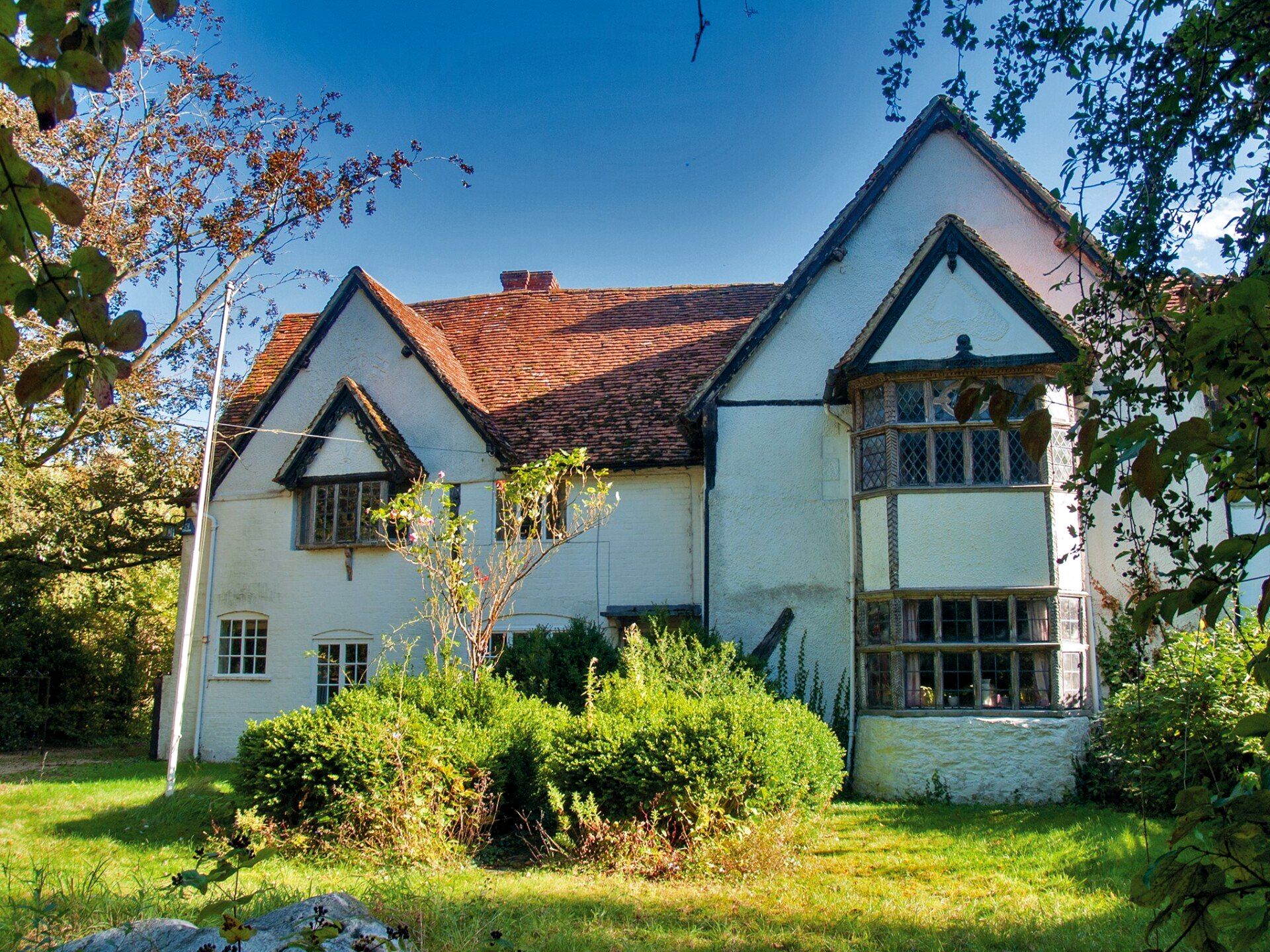Tudor House
Of all the remarkable older houses that line The Causeway, perhaps the most fascinating is Tudor House, located just past the North Star.

For a start, its name is misleading, for the origins of the house are anything but Tudor. Its layout is typical of better off medieval peasant houses and the leading authority on such buildings in the Vale, Dr Christopher Currie, dates it to the early and mid 14th century, at least one hundred and fifty years before the Tudor dynasty came to the throne. Dendrochronology techniques tell us that the timber used to build Tudor House was felled in 1314. So, while King Edward II was being soundly trounced by Robert the Bruce at the battle of Bannockburn, some lowly peasant was toiling away preparing the timber for the latest property developments in Steventon.
A most desirable property
In the 14th century, Tudor House was at the fore-front of Steventon property development, for this was the time when the upper echelons of the peasantry were evolving into the yeomanry: a sort of mid-way stage between the lowly peasant farmers and the great land owners. The new-found wealth of the yeomanry arose from the gradual decline of the feudal system allowing the freedom to extend land holdings and increase profits. In Steventon, this new wealth was enhanced by the burgeoning wool trade. The fashion was to snap up the new plots of land set out along The Causeway and build impressive properties to advertise one’s growing status in the community. Tudor House is a fine example.
One eminent local historian, John Fletcher, goes as far to speculate that Tudor House might have been acquired by the most famous of all Lords of Steventon Manor, the great hero of The Hundred Years War – Sir Hugh de Calveley.
At the forefront of domestic decor
Tudor House retained its status as a much sought-after property and was still attracting well to do owners in the 17th century. At this time, it seems to have been acquired by the Smallbones, a well-to-do Berkshire family. Not only did they have good taste in property: they also were a cultured family with an eye for the artistic. They commissioned a substantial upgrading of the property including the splendid bay window with mullions that can be seen today, the panelling of the dining room and the re-working of the fireplace surrounds. It is the latter development, which is so remarkable. The overmantel has been divided into a number of panels, each having been decorated with high-quality paintings of pastural scenes. The two main panels form one continuous landscape, with a central castle with moat and drawbridge, houses and other buildings including a windmill, in the background. There was quite a fashion for this kind of panelled painting in 17th century England, and even Inigo Jones was known to use it in his interior designs. However, for it to appear in a yeoman’s house in rural Oxfordshire is quite unusual. Once again, Tudor House was at the leading edge of middle class fashions.
Tudor House hits the headlines
For centuries, Tudor House has sat quietly alongside The Causeway. That is until the 1950s, when right out of the blue, it hit local and even national headlines over a land dispute, covered in more detail elsewhere in this exhibition. At the heart of the dispute, was whether or not the land of Tudor House extended right up to The Causeway, or was there a right of passage for people and traffic between The Causeway and the house. It was a vital question at the time, not least because it affected access to the North Star public house. Amongst all the mud slinging (both actual and metaphorical), one wonders what the original 14th century yeoman might have made over of all this fuss concerning his humble front lawn.